The synthetic resins used in the treatment of the polychrome works of art
29,95€ Il prezzo originale era: 29,95€.28,45€Il prezzo attuale è: 28,45€.
Condizioni: NUOVO
Conditions: NEW
Esaurito
Synthetic organic polymers (resins) have been applied in the restoration of polychrome works fo art since the beginning of the 1970s although most resins have been developed specifially for this purpose. Since all organic materials tend to degrade in the course of time, because of changes in temperature and relative humidity and because of exposure to light, it is important to know to which extent these resins retain their essential properties after 30-35 years of aging, or even longer.
After introducing the basic structure of polymers, the polymerization processes, and general properties of polymers such as melting behavior aging characteristics and solubility, the focus is on the synthetic “film-forming resins”. Once applied, these resins form a continuous and homogeneous thin layer, a so-called film, that can act as an adhesive, a consolidation material, a protective layer (e.g. varnish) and so on. The film-forming substances belonging to the various chemical classes are described, including the commercial formulations introduced in restoration since the 1970s and those currently available in Europe.
In The Synthetic Resins used in the Treatment of the Polychrome Works of Art special attention is given to:
– chemical-pysical characteristics (optical, mechanical, etc.),
– degradation behavior during aging and any resulting change of their properties, e.g. yellowing, matting, loss or increase of adhesive strength, cross-linking, etc,
– possible removal of the resin, when aged
Summarizing, this book provides the conservator with a comprehensive overview of the adhesives, varnishes etc, that have been used, and still are, in the restoration of polychrome works of art.
————————
THE SYNTHETIC RESINS USED IN THE TREATMENT OF THE POLYCHROME WORKS OF ART
By Leonardo Borgioli and Paolo Cremonesi
De Kunstkliniek Veer en Veer
Pages 192, paperback, cm 14×21, illustrated, 2019
Paolo Cremonesi obtained his PhD in biochemistry. He is also a certified conservator (Florence, Italy) and specialized in restoration work on art objects on canvas and wood. He has followe Wolbers’ gel method carefully from the very beginning to the present and has improved it in his own way, but above all adapted it to the strict European guidelines
Leonardo Borgioli obtained his chemistry PhD in Florence on micro-emulsions applied to the frescoes in the Brancacci Chapel in the Church of the Carmine. He works both as a lecturer and as a general and technical researcher in the field of restoration Today he is office manager at the C.T.S Srl, Florence.
Recensisci per primo “The synthetic resins used in the treatment of the polychrome works of art” Annulla risposta
Devi effettuare l’accesso per pubblicare una recensione.
Ti potrebbe interessare…
Art and Restoration
Chemistry for Restoration. Painting and Restoration Materials
Arte contemporanea
Restauro/Conservazione

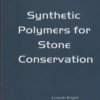

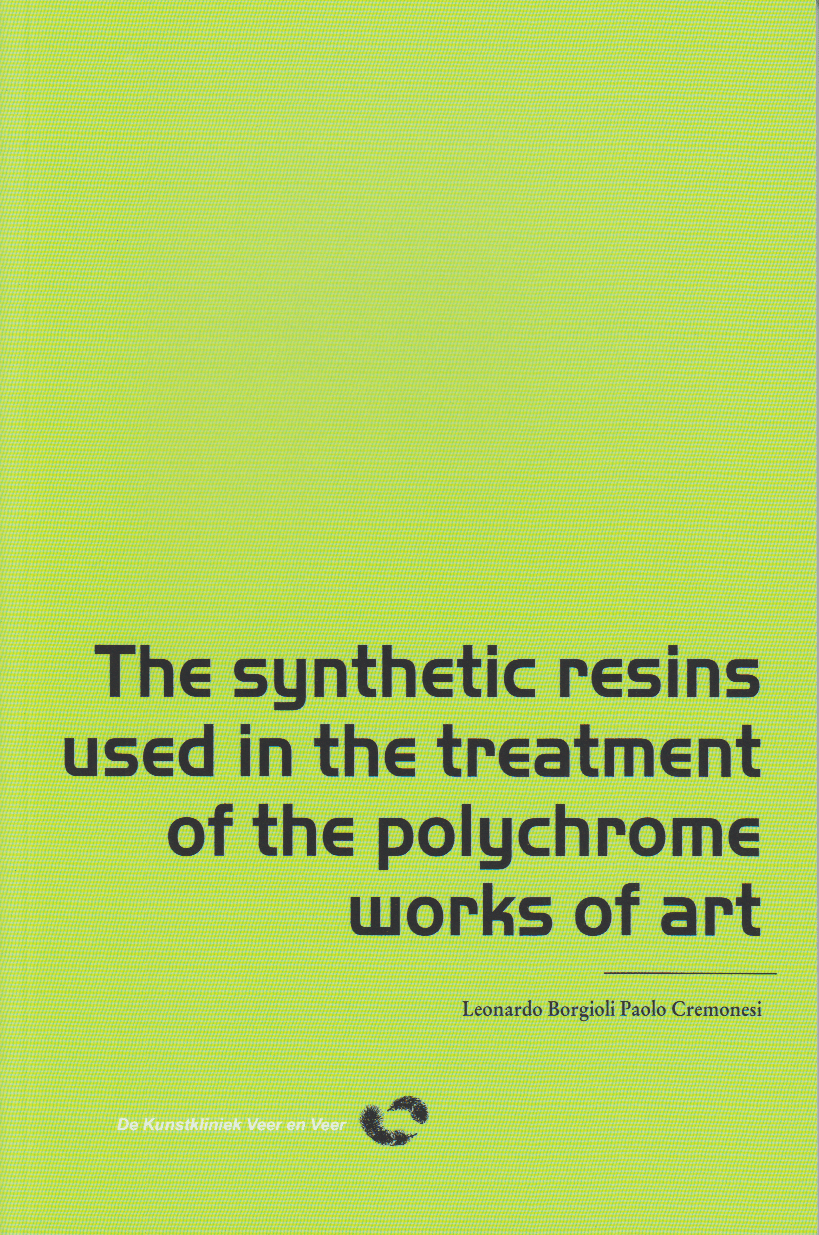
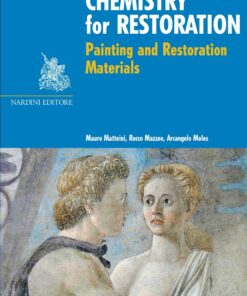
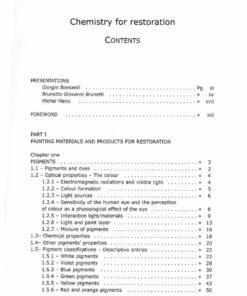
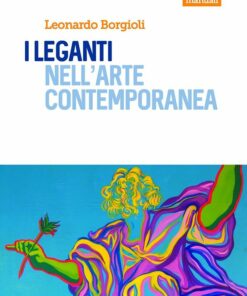

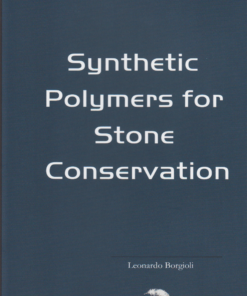
Recensioni
Ancora non ci sono recensioni.